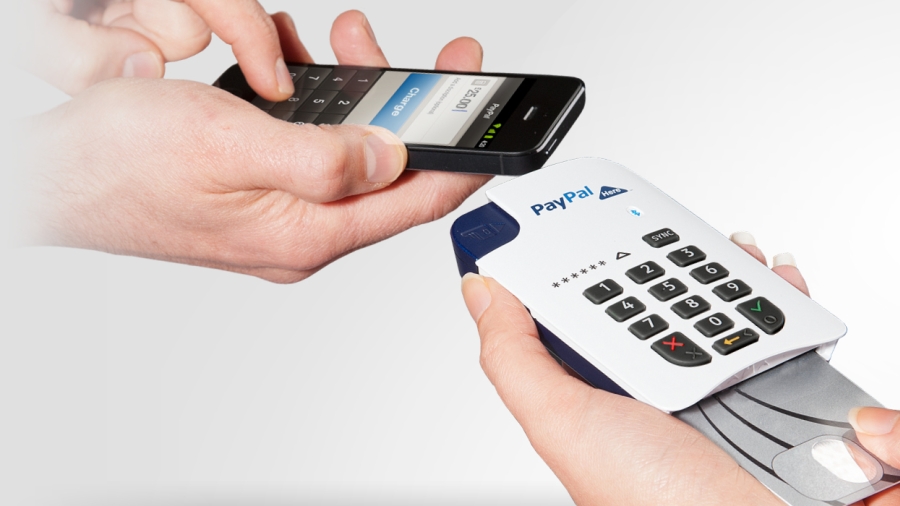Chip and PIN cards remain consumers’ first choice for payments over contactless
Online research from Equifax, shows that using a debit or credit card with a PIN number is still the preferred method of payment for 42% of people in the UK. Contactless methods followed at 34%, with the vast majority of these respondents (31%) preferring a contactless card to using their phone or wearable technology (3%).
The survey, conducted with Gorkana, also highlighted that the majority of consumers (66%) are happy with the current £30 contactless payment limit and only 16% think it should be increased. Of the people keen to see a higher limit, 13% would like to see it increased by a maximum of £10, and 39% would like the limit to be set between £40 and £50.

When asked why they would use contactless rather than cash, 34% see the speed of the transaction as the main advantage and 21% said it’s more convenient than making a trip to a cash point. Only 16% of people feel that contactless payments are more secure than carrying cash.
The research found that 45% of consumers withdraw cash just once a month or less, yet 28% of people surveyed said they would never choose contactless payments over cash. Despite the rising popularity of using wearable technology like watches to make payments, 36% of Brits don’t expect this payment method will ever overtake cards.
“The rise in popularity of contactless and wearable payment methods is a hot topic right now but our research shows that retailers and service providers are going to have to accept a variety of payment types for some time to come,” says Sarah Lewis, Head of ID and Fraud UK at Equifax.
“Many consumers have been early adopters of contactless and wearable payments, and really value the convenience of these options, but others remain wary and prefer the more traditional means.
“Contactless payment is not without its risks and these results show that consumers are well aware of this. There has been talk about increasing the contactless payment limit but this would simply increase the incentive for criminals to steal contactless cards, resulting in higher levels of related fraudulent activity. Contactless and wearable payments will continue to grow in popularity, but the financial services industry has a lot of work to do to make customers completely comfortable with these options.”
– paymentscardsandmobile.com –